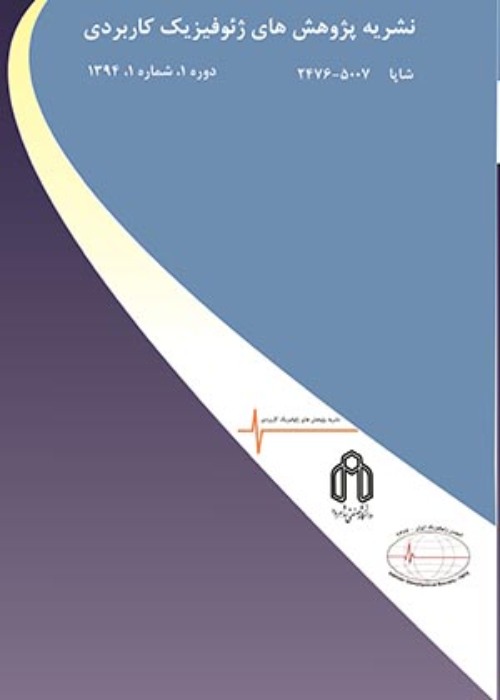Detection of Pardisan fault zone around Milad Tower using morphotectonic investigations and ambient vibrations HVSR technique
Investigation of geometric and morphological properties of active faults, as seismic sources, is one of the most fundamental steps for assessing seismic hazard in urban areas. Due to the tectonic setting of Tehran metropolis and its location at the southern foothills of the Central Alborz, as part of the Alpine-Himalayan seismic belt, it has experienced several large and moderate earthquakes in the past. Therefore, identification of active faults and collection ofinformation about them in this urban area are essential. Since some of the fault zones in this area are buried in the Quaternary alluvial deposits, implementation of subsurface techniques, such as seismography, remains inevitable to identify the geometric characteristics of these faults and trace them at depth. The operational complexities and costs of seismic operations in urban areas enforce us in thisstudyto utilize ambient vibrations along the lines ofmicrotremors and microseisms as one ofthe passive seismic methods. In this study,we first identifysurface deformations related to the activityof faultsby conducting morphotectonic investigations to detect blind fault zones around the Milad Tower. Then, seismic profiles have been designed and collected according to the perceived position and strike of fault structures and the Pardisan anticline. Ambient vibrations are processed along the seismic profile using the horizontal to vertical components spectral ratio (HVSR) method to estimate dynamic parameters of the Quaternary sediments. The dynamic parameters of the sediments include predominant frequency and resonance amplitude of waves in deposits, and determination and visualization of them in a two-dimensional (2D)cross-section eable us to estimate the thicknesses of the sediments and depths of anomalies. As a result of examining the anomalies in the subsurface structure and their coherency with the morphotectonic investigations, evidence of the activity of the Pardisan blind fault zone has been identified and presented.


